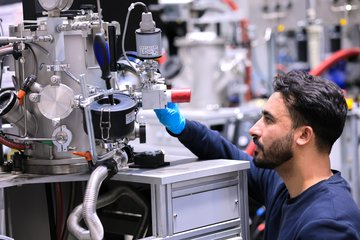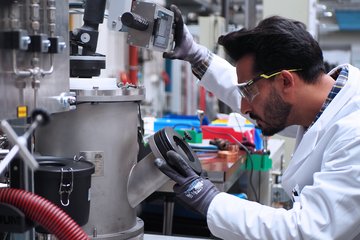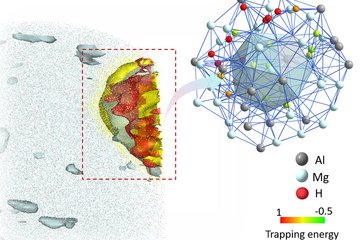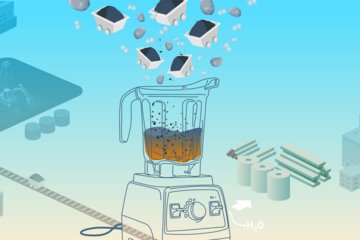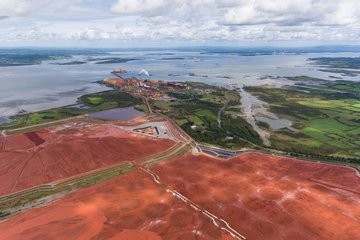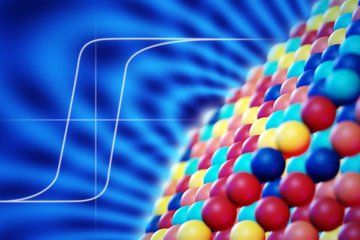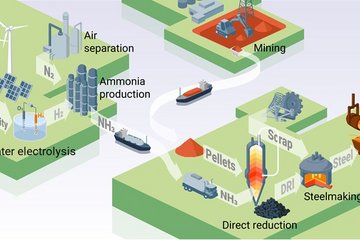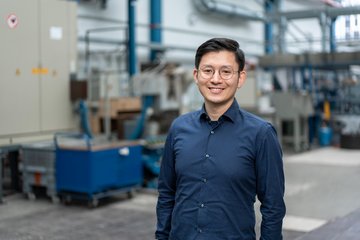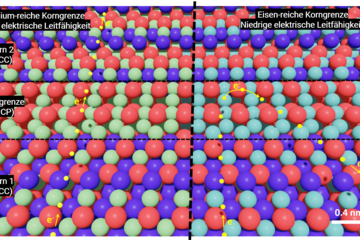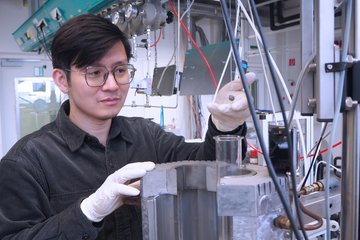Alle Typen
61.
Zeitschriftenartikel
Improved Durability of Ti3C2Tz at Potentials above the Reversible Hydrogen Electrode by Tantalum Substitution. Advanced Functional Materials 34 (10), 2309749 (2024)
62.
Zeitschriftenartikel
Role of grain-level chemo-mechanics in composite cathode degradation of solid-state lithium batteries. Nature Communications 15 (1.0), 7970 (2024)
63.
Zeitschriftenartikel
Modeling the oxidation of iron microparticles during the reactive cooling phase. Proceedings of the Combustion Institute 40 (1-4), 105538 (2024)
64.
Zeitschriftenartikel
Strong and ductile high temperature soft magnets through Widmanstätten precipitates. Nature Communications 14, 8176 (2023)
65.
Zeitschriftenartikel
How much hydrogen is in green steel? npj Materials Degradation 7 (1), 78 (2023)
66.
Zeitschriftenartikel
Physical metallurgy of medium-Mn advanced high-strength steels. International Materials Reviews 68 (7), S. 786 - 824 (2023)
67.
Zeitschriftenartikel
Dislocation-assisted particle dissolution: A new hypothesis for abnormal growth of Goss grains in grain-oriented electrical steels. Acta Materialia 258, 119170 (2023)
68.
Zeitschriftenartikel
The Fate of Water in Hydrogen-Based Iron Oxide Reduction. Advanced Science 10 (24), 2300626 (2023)
69.
Zeitschriftenartikel
The Need for Atomic-scale Tomography. Microscopy and Microanalysis 29 (1), S. 591 - 592 (2023)
70.
Zeitschriftenartikel
Investigation of vacancy trapping by solutes during quenching in aluminum alloys. Acta Materialia 254, 118969 (2023)
71.
Zeitschriftenartikel
Designing an Fe–Ni–Ti maraging steel tailor-made for laser additive manufacturing. Additive Manufacturing 73, 103647 (2023)
72.
Zeitschriftenartikel
Author Correction: Toward the design of ultrahigh-entropy alloys via mining six million texts. Nature Communications 14 (1), 3588 (2023)
73.
Zeitschriftenartikel
Austenite grain boundary segregation and precipitation of boron in low-C steels and their role on the heterogeneous nucleation of ferrite. Acta Materialia 252, 118947 (2023)
74.
Zeitschriftenartikel
Atomic motifs govern the decoration of grain boundaries by interstitial solutes. Nature Communications 14 (1), 3535 (2023)
75.
Zeitschriftenartikel
Reducing Iron Oxide with Ammonia: A Sustainable Path to Green Steel. Advanced Science 10 (16), 2300111 (2023)
76.
Zeitschriftenartikel
Quantitative tests revealing hydrogen-enhanced dislocation motion in a-iron. Nature Materials 22 (6), S. 710 - 716 (2023)
77.
Zeitschriftenartikel
Combined modeling and experimental characterization of Mn segregation and spinodal decomposition along dislocation lines in Fe–Mn alloys. Acta Materialia 251, 118873 (2023)
78.
Zeitschriftenartikel
Room-temperature deformation of single crystals of the sigma-phase compound FeCr with the tetragonal D8b structure investigated by micropillar compression. Acta Materialia 249, 118829 (2023)
79.
Zeitschriftenartikel
Toward the design of ultrahigh-entropy alloys via mining six million texts. Nature Communications 14, 54 (2023)
80.
Zeitschriftenartikel
Accelerating the design of compositionally complex materials via physics-informed artificial intelligence. Nature Computational Science 3 (3), S. 198 - 209 (2023)
